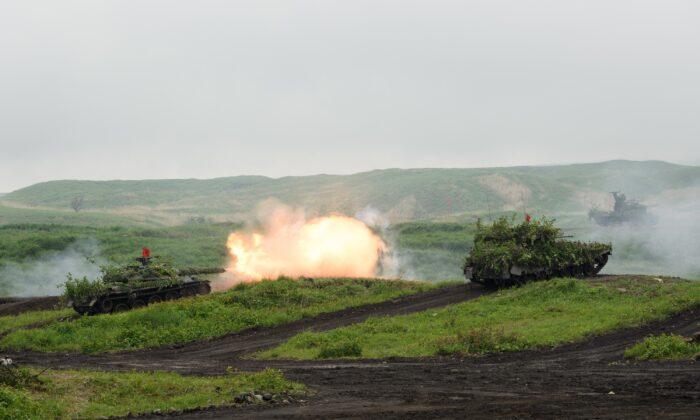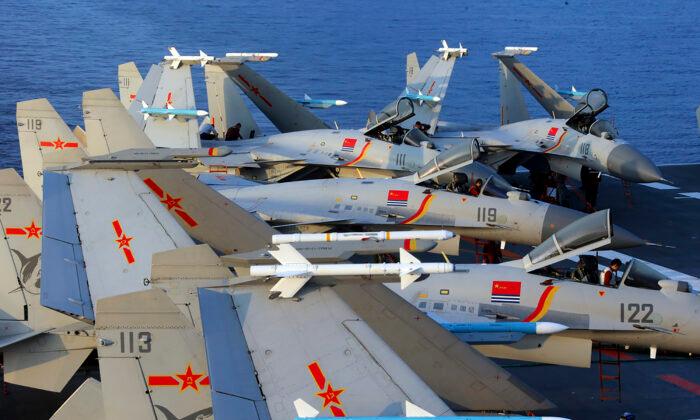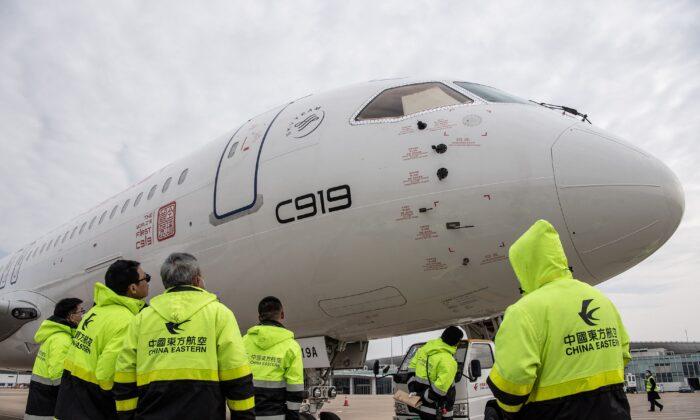If not directly owned or controlled by China, this network-of-access would permit the People’s Liberation Army Navy (PLAN), the naval arm of the Chinese military, to become a more or less permanent presence in the Indian Ocean. As a result, the PLAN could secure China’s access to some of its most important sea lanes of communication (SLOCs), safeguarding the critical flow of energy supplies—particularly crude oil—from the Middle East, and protecting China’s trade routes to Europe.
Until quite recently, however, there was no such “string of pearls.” Indeed, to many, the whole idea was a flight of Western imagination.
It has gotten a lot less imaginary lately. Over the past decade, as part of Beijing’s Belt and Road Initiative (BRI), China has undertaken a network of maritime projects—deepwater harbors, container shipping facilities, and other infrastructure developments that are expanding China’s economic and trade presence in the Indian Ocean. China has funded and built ports in Colombo and Hambantota, in Sri Lanka; in Gwadar and Karachi, in Pakistan; in Sittwe, Burma (Myanmar); and the Seychelles.
This rise of Chinese economic activity in the Indian Ocean has naturally brought in the PLAN. As the PLA’s official English-language news website put it, “the PLA’s responsibilities today have gone beyond the scale of guarding the Chinese territories,” requiring it to “protect China’s interests anywhere in the world. Overseas military bases will provide cutting edge support for China to guard its growing overseas interests.”
While the PLAN may not yet possess a coherent constellation of “bases and places” stretching across the Indian Ocean, it is increasing more than ever before its presence and activities in the region. The PLAN maintains surveillance facilities in Pakistan and Burma, while its ships have access to a number of ports and naval bases in the Indian Ocean for resupply.
More importantly, China’s first overseas base was its naval facility located in Djibouti, a small country on the horn of Africa situated at the southern entrance to the Red Sea. Established around five years ago, this PLAN “logistical support facility” contains a 1,120-foot-long pier (big enough for China’s aircraft carriers) and is home to around 1,000 to 2,000 military personnel.

If true, then the PLAN could have its first permanent military presence on the Atlantic Ocean, giving Chinese warships direct access to the United States’ eastern seaboard.
Given China’s emphasis not only on expanding international trade and commerce, but on increasing its political clout globally, it is not surprising that Beijing is attempting to strengthen its ability to project sustainable power farther and farther beyond its territory.
Hence the appeal to China in expanding its control of global trade, as embodied in the BRI and its sea-based subsidiary, the “Maritime Silk Road.” This strategy also accounts for China’s interests in expanding and modernizing the PLAN and making it a “blue-water navy.”
The third element of the Mahanian stratagem requires a string of naval bases, or at least base access. This is why Djibouti is so important. It is strategically located near some of the world’s busiest shipping lanes, controlling access to the Red Sea and the Indian Ocean. It also serves as a key refueling and transshipment center, and is the principal maritime port for imports from and exports to neighboring Ethiopia.
China’s growing global military footprint initially may have been the result of its expanding international economic and commercial interests. Increasingly, however, geostrategic and great-power aspirations are outstripping economics. Like the United States, China wants to be a global superpower, with a world-girdling presence, and these ambitious are driving its new string-of-pearls basing schemes.
Consequently, one should not be surprised to see China attempt to establish military bases, or at least access agreements, far beyond its shores. This would likely include forts and airfields in Central Asia, and leased or rented naval bases along the Indian Ocean. More critically, the PLA could seek to establish more bases on the African continent or, perhaps, even in Latin America (Venezuela is a likely prospect).
In such cases, economics would not so much lead as it would reinforce China’s military globalization efforts. A “string of pearls” would become a chain of iron.





